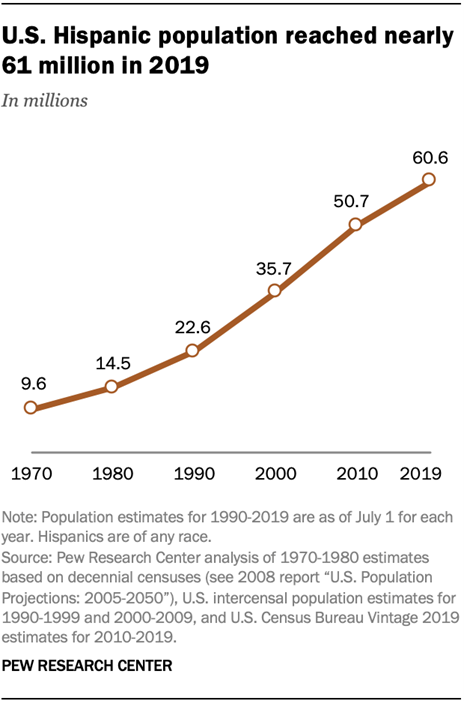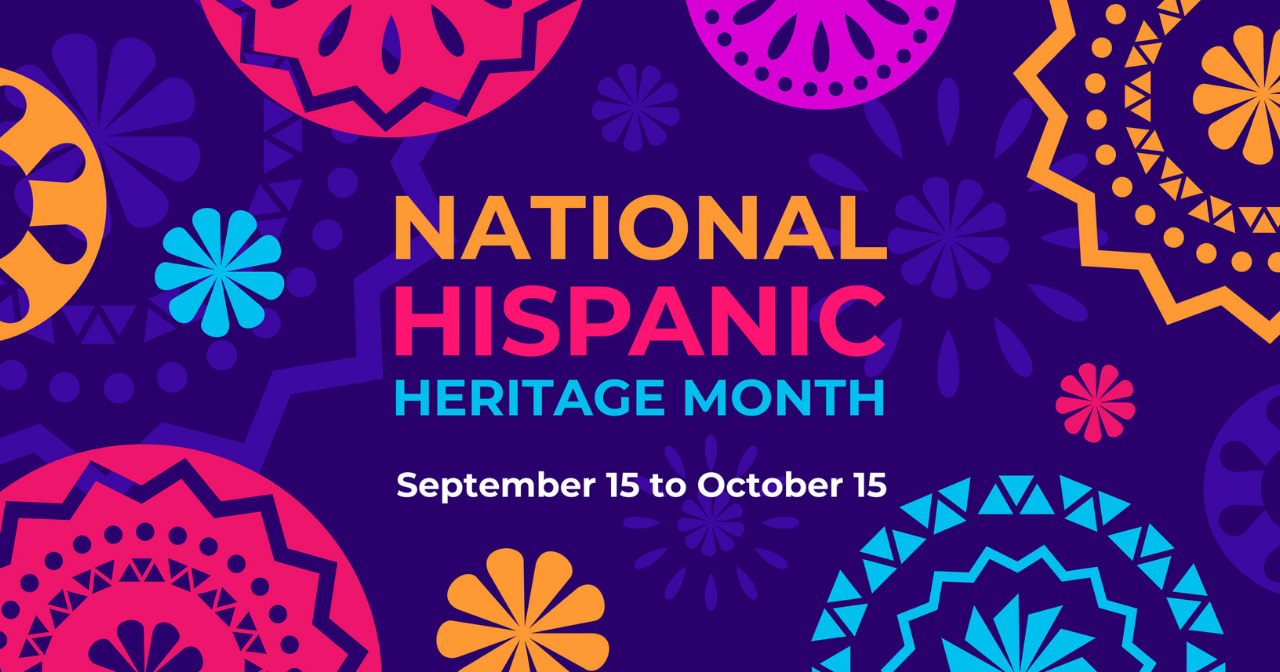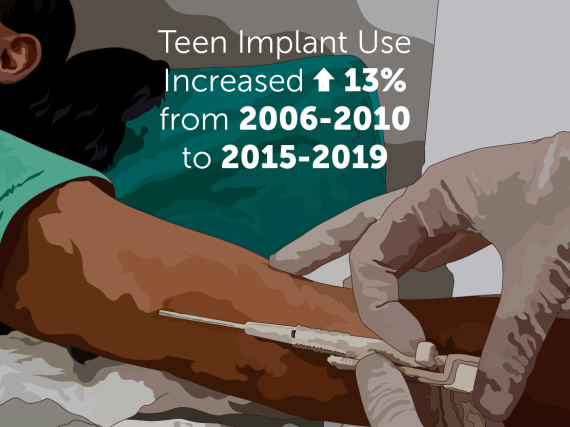A Celebration of Esperanza
From September 15 to October 15, we recognize Hispanic Heritage Month and Latino people’s culture, history, and their many achievements. This year’s theme, “Esperanza: A Celebration of Hispanic Heritage and Hope,” serves a reminder to us all that despite the turmoil and difficulty of the last year and a half that we have also experienced progress in some areas and that by holding on and being resilient, the future offers us hope for greater equity and justice.

The second fastest growing population in the country, in the last decade the Latino population in the United States grew by nearly 10 million to reach 60.6 million people in 2019. The majority of these people are of Mexican origin, but many have roots from Puerto Rico, Cuba, or elsewhere in South or Central America.
But, as with many historically oppressed communities there is work yet to be done to reach equity. The 2019 Census showed that only 50.1% of Hispanic people (compared to 74.7% of non-Hispanic white people) had private insurance coverage. Lack of insurance coverage is directly responsible for a lack of access to affordable and quality health care, which in turn leads to poor health outcomes. The current pandemic unfortunately offers the another example of this pathway in action; Latinos have been hospitalized for COVID at a rate 4.6 times higher than their white peers.
Just a few years ago, 44% of Latinx/as of reproductive age said that they struggled to access birth control. Plus, 33% reported that they could only afford $10 or less if they needed to pay for birth control. These reproductive health disparities contribute to Latina young people’s higher risk of pregnancy compared to their peers of other racial/ethnic backgrounds.
Yet the future shows to be very hopeful. A greater number of Latino’s have graduated from high school; currently, around 72% of Hispanic people age 25 or older have a high school diploma. And more have begun attending college in the last 10 years too. Currently, around 41% of Hispanic people age 25 or older have completed some college coursework. And the number with a bachelor’s degree has increased in the same time period from 13% to 17%. As we know, increased access to education plays a large role in people’s ability to make informed decisions that align with their future intentions and achieve reproductive well-being...
And a number of amazing activists and organizations are working day in and day out to improve the reproductive well-being of Latinos across the US.
- The National Latina Institute for Reproductive Justice is amplifying Latina voices to “change the narratives that seek to tear down the inherent power that resides in our communities” and “transform the systems that hinder our ability to reclaim our bodies and lives.”
- Laura Jiménez, the Executive Director of California Latinas for Reproductive Justice leads an organization dedicated to ensuring that all Latinas “can choose and claim all of the experiences that they deserve and so that they can be freed of the reproductive oppressions that our ancestors survived.”
- Melissa Madera runs the podcast The Abortion Diarist. She has also curated the travelling multi-media exhibit, “ar·ti·facts: abortion stories and histories.”
- Amanda Beatriz Williams, Executive Director, Lilith Fund, works to achieve the right for all Texans “to make their own reproductive choices, regardless of income.”
- The Colorado Organization for Latina Opportunity and Reproductive Rights has built a community working toward enabling “Latinx individuals and their families to lead safe, healthy, self-determined lives.”
Latinas—and indeed all people no matter their race, ethnicity, gender, or sexual orientation—deserve respectful care that acknowledges cultural diversity as well as the barriers that they face outside of a provider’s office while doing everything possible to help them own their power to decide.



